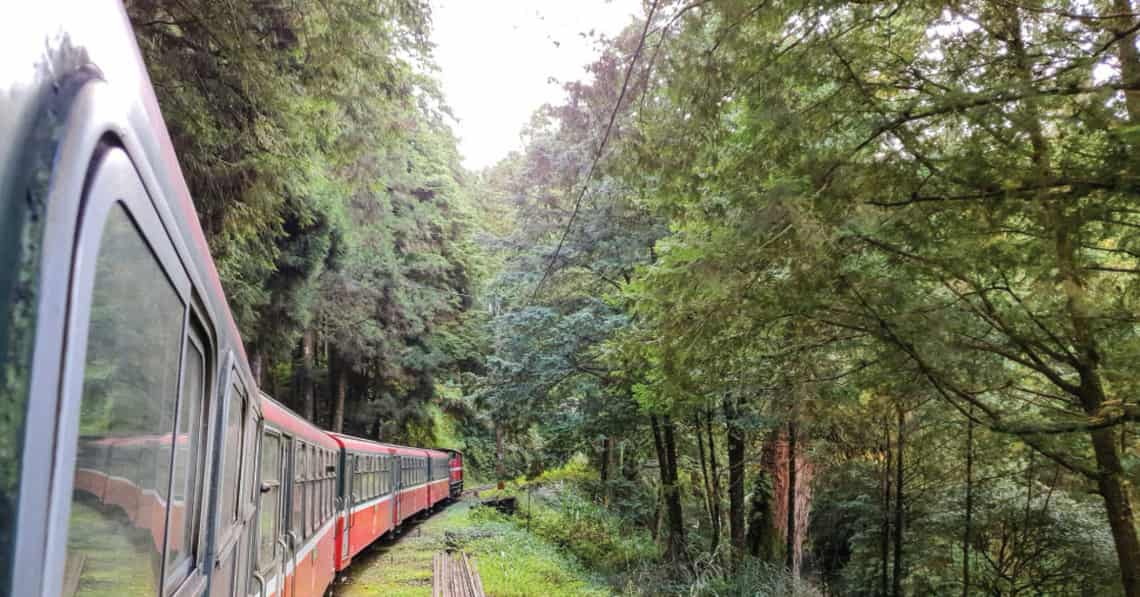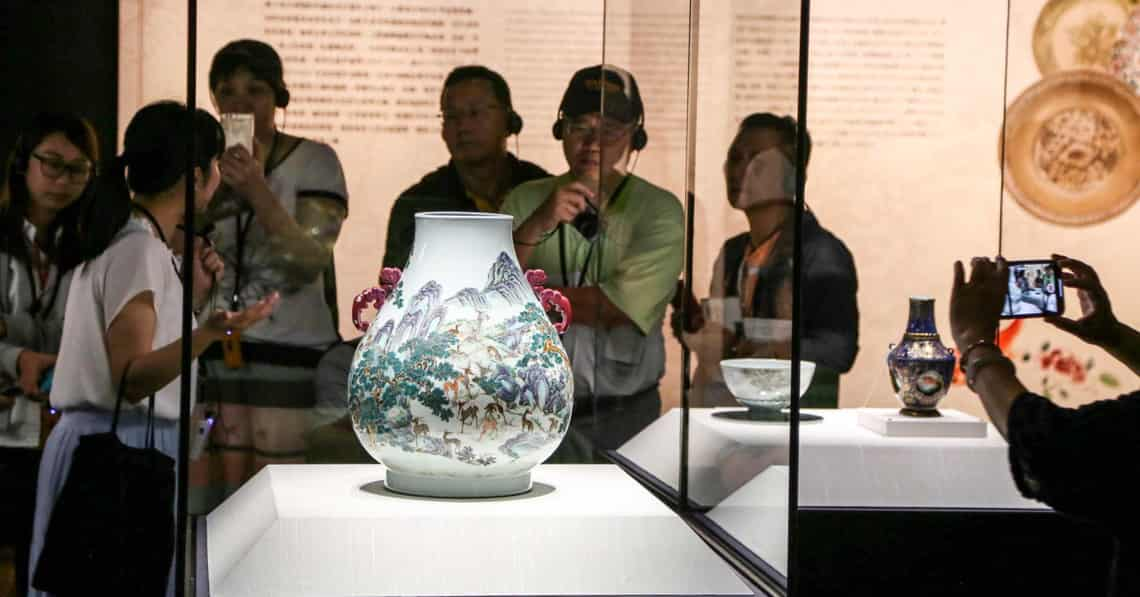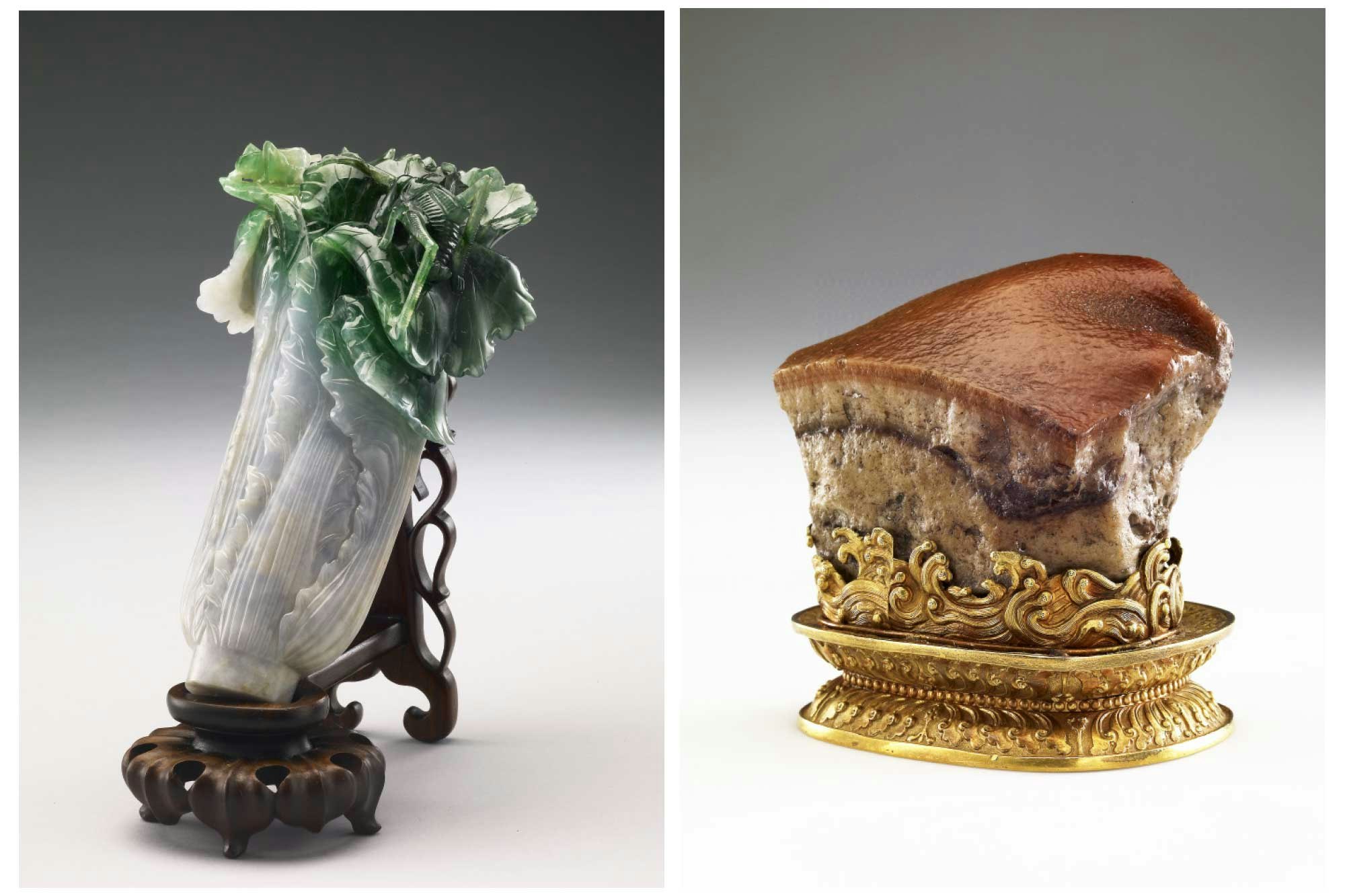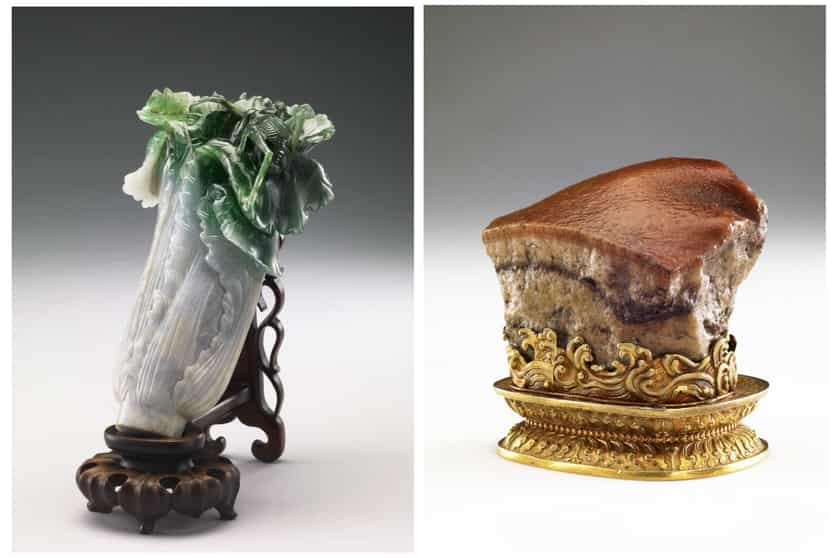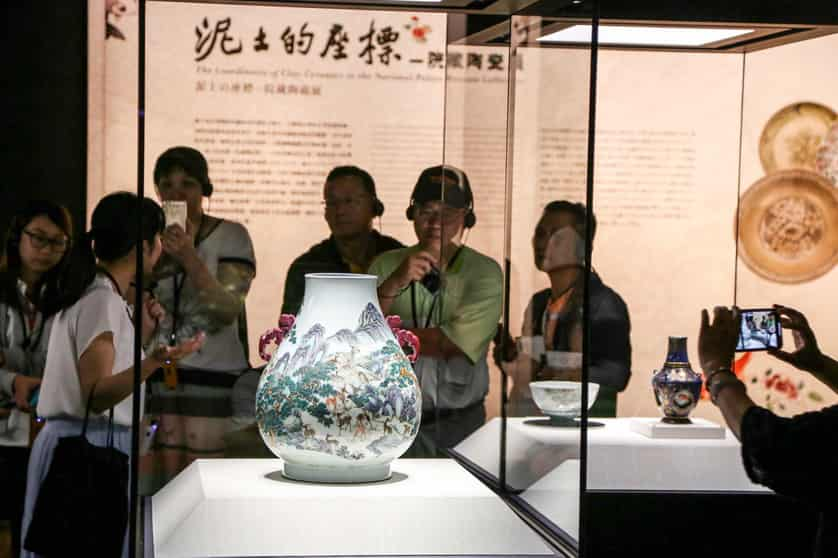
When Chiang Kai Shek’s Kuomintang army fled Mao Tse Tung’s China in 1949, they took with them an extraordinary collection of some of China’s most treasured artefacts. While many on mainland China today still smart at the loss of such bounty, calling the goods looted, students of history will know that these treasures would have faced great risk under Chairman Mao’s Four Olds campaign during the cleansings of the Cultural Revolution, and it is only the removal of them to Taiwan that has saved such priceless pieces.
History aside, today nearly 700,000 pieces of ancient Chinese imperial artefacts sit in a permanent collection in Taiwan’s museums, making this one of the most impressive collections of its kind anywhere in the world. And Citylife had the opportunity recently to spend a week taking just some of it all in. The National Palace Museum in Taipei has such an abundance of artefacts, it rotates its exhibitions every three to four months, though some of its more famous pieces are permanently displayed. Think about it, if at any given time only around 3,000 pieces are displayed, how many decades would it take for all pieces to see light of day and be appreciated by museum goers? This three story building is slickly organised to show the pieces off in the best light, with artefacts divided into rooms dedicated to lacquer ware, ceramics, silverware, documents and other points of interest.
One of the most jaw-dropping pieces, and the biggest draw to the museum, is the jadeite cabbage with insects (a locust and katydid), a Qing dynasty carving of a cabbage from a verdant jadeite which exquisitely crafts the white and green jade into a perfectly formed cabbage and which was formally housed in the Imperial Palace.
Another fun piece on show was the less valuable, but no less fascinating, piece of jasper carved into the shape of a dongpo pork, so lifelike you feel like sticking a pair of chopsticks through the glass for a bite.
Our hunt for treasures then took us far south of Taipei to Chiayi, nearly 300 kms away — or a mere one and a half hours on the high speed rail — where The Southern Branch of the National Palace Museum sits. Recently open in 2015, this extraordinary building which sits on vast landscaped grounds, by Taiwanese architect Kris Yao, was inspired by the bold strokes of Chinese paintbrushes and has an elegance which is a perfect backdrop to show off its many treasures. While, with Taiwan’s bounty of priceless collectables, the museum has a most impressive collection of pieces from Imperial China, this museum also focuses on arts and artefacts from across Asia, with rooms and exhibition halls dedicated to textiles, bronze ware, wood carvings and works of art from countries across the region. This is a modern and interactive museum with so much to admire. We spent days in both museums, as all the pieces were well displayed, with multi-media rooms, activity halls and all sorts of fascinating eye-draws.With all that walking around, we got hungry, so decided to check out the Silk Palace at National Palace Museum, a restaurant which serves an incredible set, all inspired by some of the greatest treasures found in the museum, so as we bit into a rolled cabbage, we had to check if there was a locust lurking in its midst (there wasn’t!) as well as a delicious piece of pork our chopsticks were eager and able to access. While in Taipei, and being Thai, we couldn’t resist some shopping and the discovery of Ximending, fondly called the Harajuku of Taipei, got us all terribly excited with its plethora of boutiques, sweet shops, souvenir stands, bubble tea stalls and more. One thing we weren’t used to, however, was the sheer number of queues we had to stand in! We also took in some local culture by visiting Dadaocheng, an 18th century district with many fine buildings still intact. Some of us took the opportunity to shop at the Yongle Fabric Market, the oldest fabric market in Taiwan, taking our bundles upstairs to the tailors and dressmakers who whipped us up some really lovely clothes to take home.
As to Chiayi, during our time exploring the southern museum, we also got a chance to see some sights in the city. The Bantao Community sits in a village which used to be well known for its pottery factories. Its walls and facades are adorned with mosaics made from ceramics shards and tiles. Pretty shops and studios with lovely pieces of pottery dotted the village. Not far out of the city, we also visited the misty mountains of Alishan National Forest Recreation Area where vast numbers of cypress trees were logged to build Japan’s temples for centuries. Charming railway tracks and walkways connect to one another, so you can crisscross your way up, down and through the park at your own leisure and convenience. Little tea cupping shops and restaurants make for charming little stops along the way. We had a lovely time at Alishan Win, where we took our time to savour an exquisite oolong. There are also apparently some tribal restaurants and villages selling aboriginal food and culture. With direct flights between Chiang Mai and Taipei, there is no excuse not to go, so next time you are in need of a short, or long, break, make this short trip give the great folks at Facebook: Walk in Taiwan a shout, as they had some of the few excellent English language guides around. We also used the lovely services of www.tripool.app who supplied us with transportation and rental cars throughout our stay. They are also like a local Grab and do airport pickups.
The National Palace Museum:
www.npm.gov.tw
The Southern Branch of the National Palace Museum: South.npm.gov.tw
